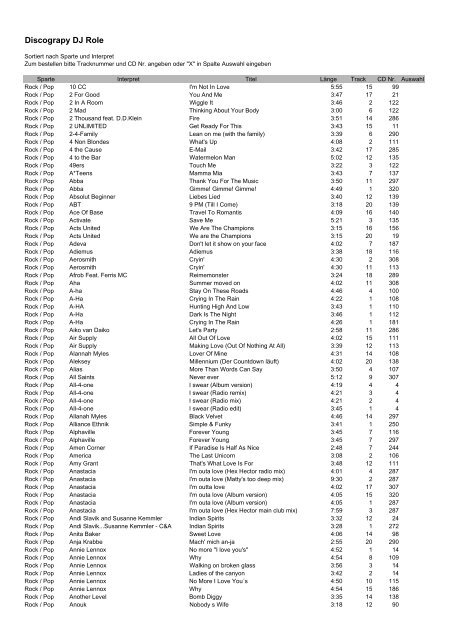


The weather and thunderstorms on one hand and sporadic E on the other hand represent very different geophysical phenomena vertically separated by 90 to 100 kilometers in very different regions of the Earth atmosphere. The authors of this paper were also sceptical and reluctant in accepting any relationship between thunderstorms and sporadic E activity. Dealing with this subject may even result in harsh reactions, from professionals (see, e.g., ) and from radio amateurs too (see, e.g., ). HAWK (AM and FM Dxer s resource) concludes that thunderstorm effects on sporadic E is a theory that refuses to die. GRAYER (G3NAQ), for example, notes that none of the claimed connections between thunderstorms and sporadic E have yet been demonstrated with scientific conviction. Many radio amateurs remain sceptical though. he denies all long distance sporadic E QSOs in Australia and New Zealand and interprets all this QSOs by tropospheric propagation.

GYDE (Z元NE), for example, considers sporadic E propagation in 144 MHz a general misinterpretation, i.e. We may even find radio amateurs considering a more general relationship between the weather and sporadic E activity in 144 MHz. 1 Thunderstorm effects on sporadic E propagation in 144 MHz by Volker Grassmann (DF5AI), Sabine Cremer (DL1DBC), Udo Langenohl (DK5YA), Allard Munters (PE1NWL), Gabriel Sampol (EA6VQ), Joachim Kraft (DL8HCZ) 1 Introduction Do thunderstorms create sporadic E layers enabling long distance VHF communication? KYRIAZIS (5B4AZ), for example, claims that sporadic E clouds located over the Balkans north of Greece are strongly related to big formations in that region.


 0 kommentar(er)
0 kommentar(er)
